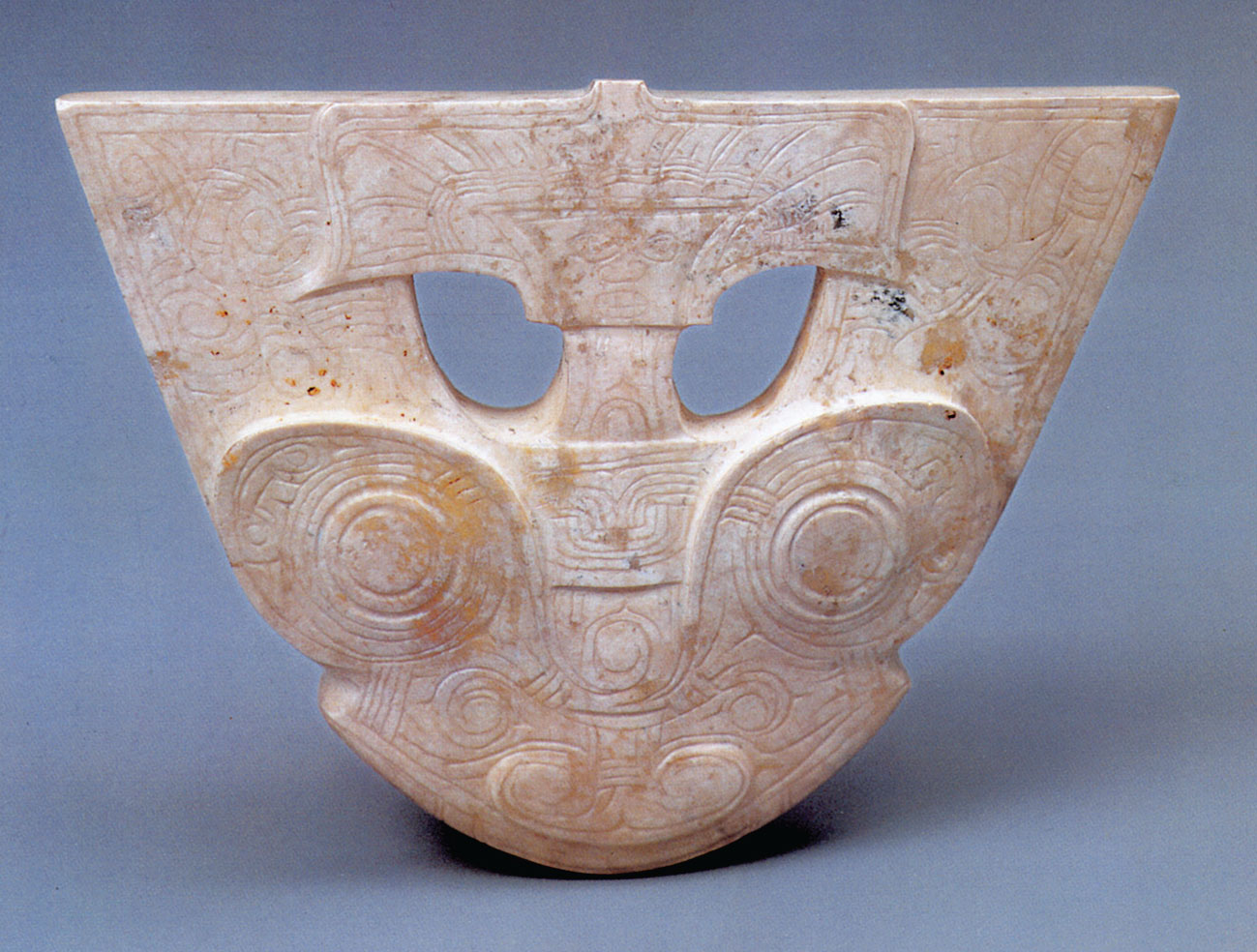Early Agricultural Societies of the Neolithic Age
From about 10,000 B.C.E. agriculture was practiced in China. It apparently originated independently of somewhat earlier developments in Egypt and Mesopotamia but was perhaps influenced by developments in Southeast Asia, where rice was also cultivated very early. By 5000 B.C.E. there were Neolithic village settlements in several regions of China. The primary Neolithic crops were drought-

Over the course of the fifth to third millennia B.C.E., many distinct regional Neolithic cultures emerged. One such culture emerged in the northwest during the fourth and third millennia B.C.E. These people are known for their fine red pottery vessels decorated in black pigment with bold designs, including spirals, sawtooth lines, and zoomorphic stick figures. At the same time in the east, a different culture made pottery that was rarely painted but had distinctive shapes, including three-
These Neolithic societies left no written records, but we know from the material record that over time they came to share more social and cultural practices. Many practices related to the treatment of the dead spread to other groups from their original area, including use of coffins, large numbers of grave goods, and divination aimed at communicating with ancestors or gods based on interpreting cracks in cattle bones. Fortified walls made of rammed earth were built around settlements in many places, suggesting not only increased contact between Neolithic societies but also increased conflict. (For more on life in Neolithic societies, see Chapter 1.)